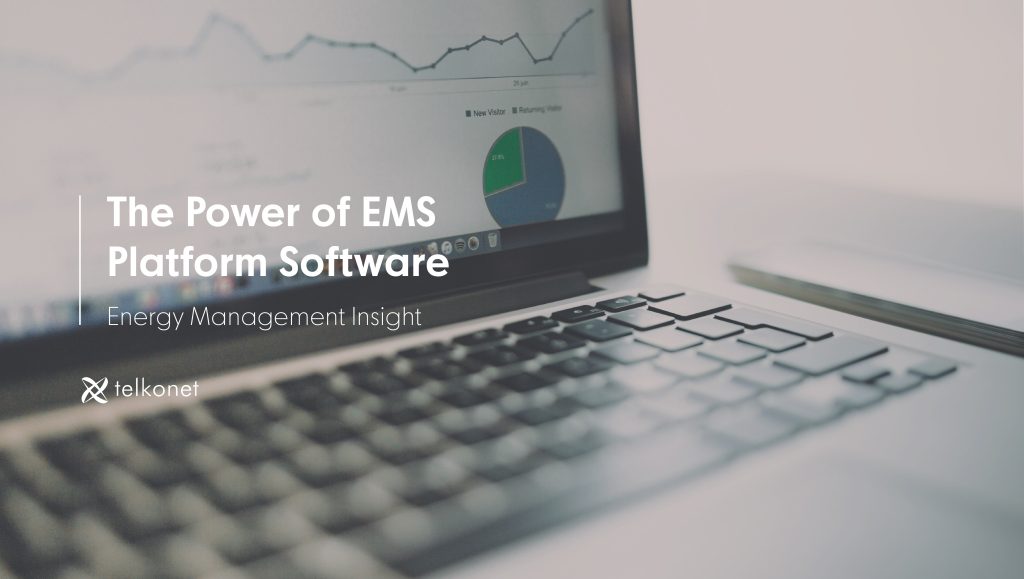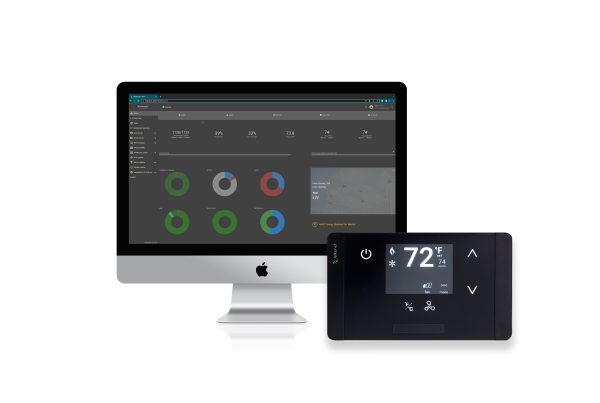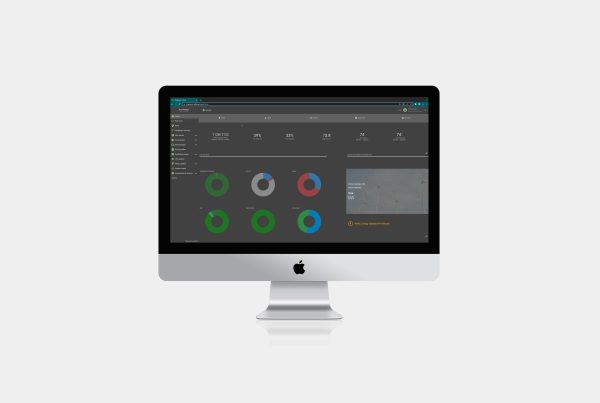
Think of an Energy Management System as a control panel, with your building equipment and status laid out visually before you. A good EMS performs these functions:
1. Gathers data from deployed devices.
2. Analyzes data against settings and expected performance.
3. Presents actionable data.
4. Allows control of devices in rooms to balance energy savings and resident/guest comfort.
Gathering Data
Energy Management software continuously gathers hundreds of data points from the wireless devices within a living space, interacting with each other (thermostats, occupancy sensors, door locks, etc.), and ultimately reporting to the EMS.
Analyzing Data
An EMS system can provide analysis such as:
● Which HVACs are working the hardest?
● How much energy is your property saving while in heat mode and in cool mode?
● How much is the EMS saving you monetarily on an annual basis?
● Which systems have the highest and lowest runtimes?
● What is your overall cooling and heating runtime reduction percentages?
Presenting Actionable Data
Most Energy-Management platforms have a dashboard to provide insights and reporting for property managers and owners. The dashboard can show which rooms are occupied, device performance, individual room heating trends, energy savings in kWh and dollars, and can provide notifications for any trouble that may occur, such as an HVAC that is working too hard, or a non-functioning thermostat. All of this data allows the operator to be proactive in addressing issues, which keeps equipment healthy and minimizes the impact to users. The dashboard can be an ideal daily check-in tool for building operators and managers, but notifications alone may also be helpful enough for the busy operator.
Controlling Platform Devices
Energy Management Systems offer a number of ways for operators to control their installed devices, both for Energy Management and for guest comfort.
Profiles
An EMS can create custom ‘profiles’, groups of settings that pre-define how thermostats, outlets, lights, etc. respond to certain events. For example, you can create summer and winter profiles. Some profile examples are ‘Occupied/Unoccupied’ rooms, ‘Sold/Unsold’ rooms, ‘Sunny/Shady’ sides of your building, and Load Shed. Get creative! Your EMS provider can help you customize your profiles to meet your needs best, and strike the right balance between guest comfort and energy savings.
Load Shed
If you have an agreement with your utility company to reduce your power consumption on a regularly scheduled basis, it’s a perfect fit for an EMS. Cities with aging electrical grids or high-density areas such as New York City require businesses to shut off HVAC systems on a regular schedule to save energy. With an EMS in place, you no longer have to send staff to every room to shut down thermostats.
VIP Override
Enable VIP override if the immediate comfort of your guest temporarily overrules your long-term energy savings goals. By using a VIP ‘profile’, you can quickly and easily override the preset Energy Management configuration for their individual space, for the duration of their stay.
An Energy Management System is more than the sum of its parts, offering powerful insights into your property’s health, well-being, and operation; aiding in the control of energy expenditures; and helping ensure the comfort and satisfaction of your guests.


